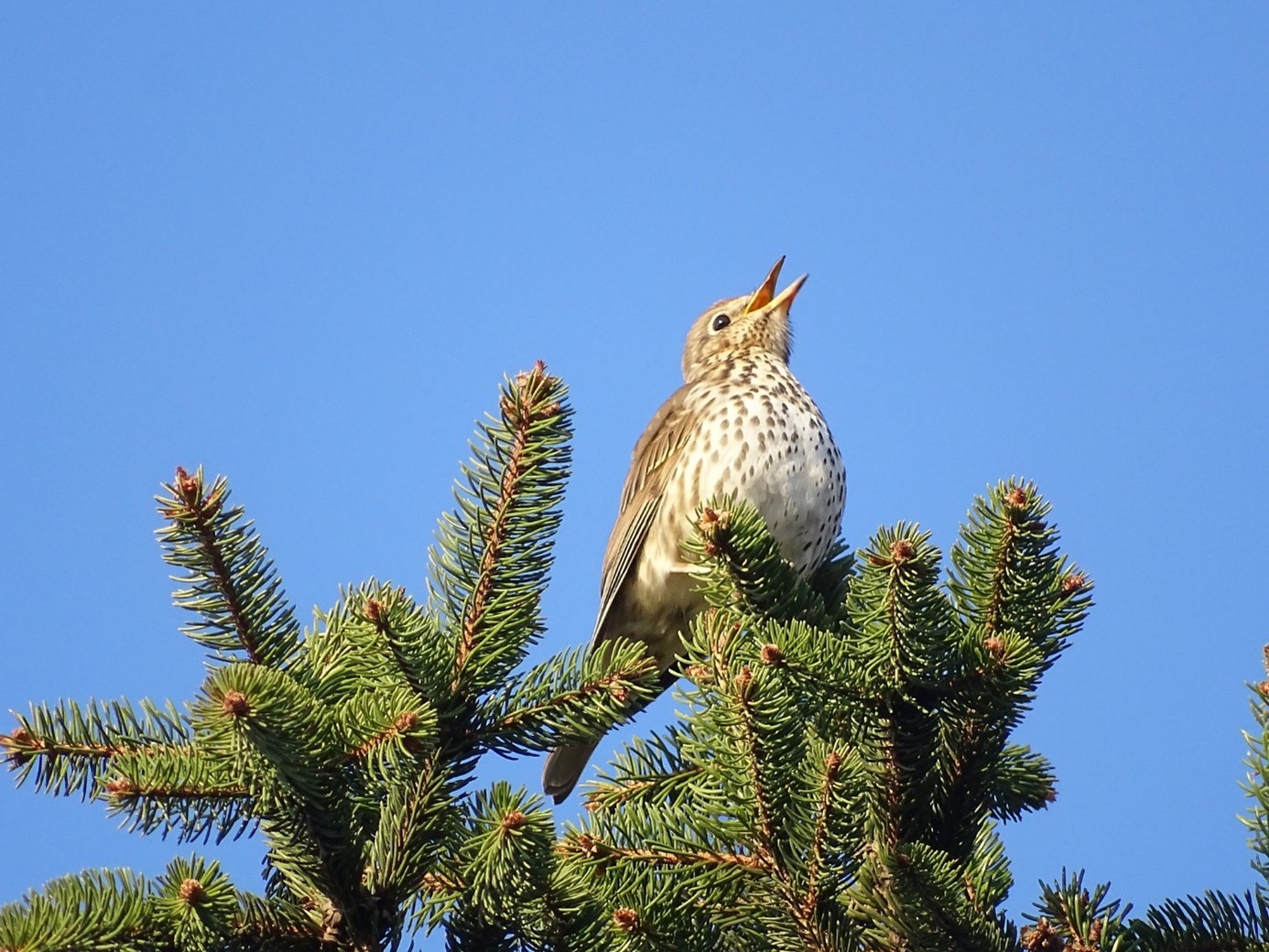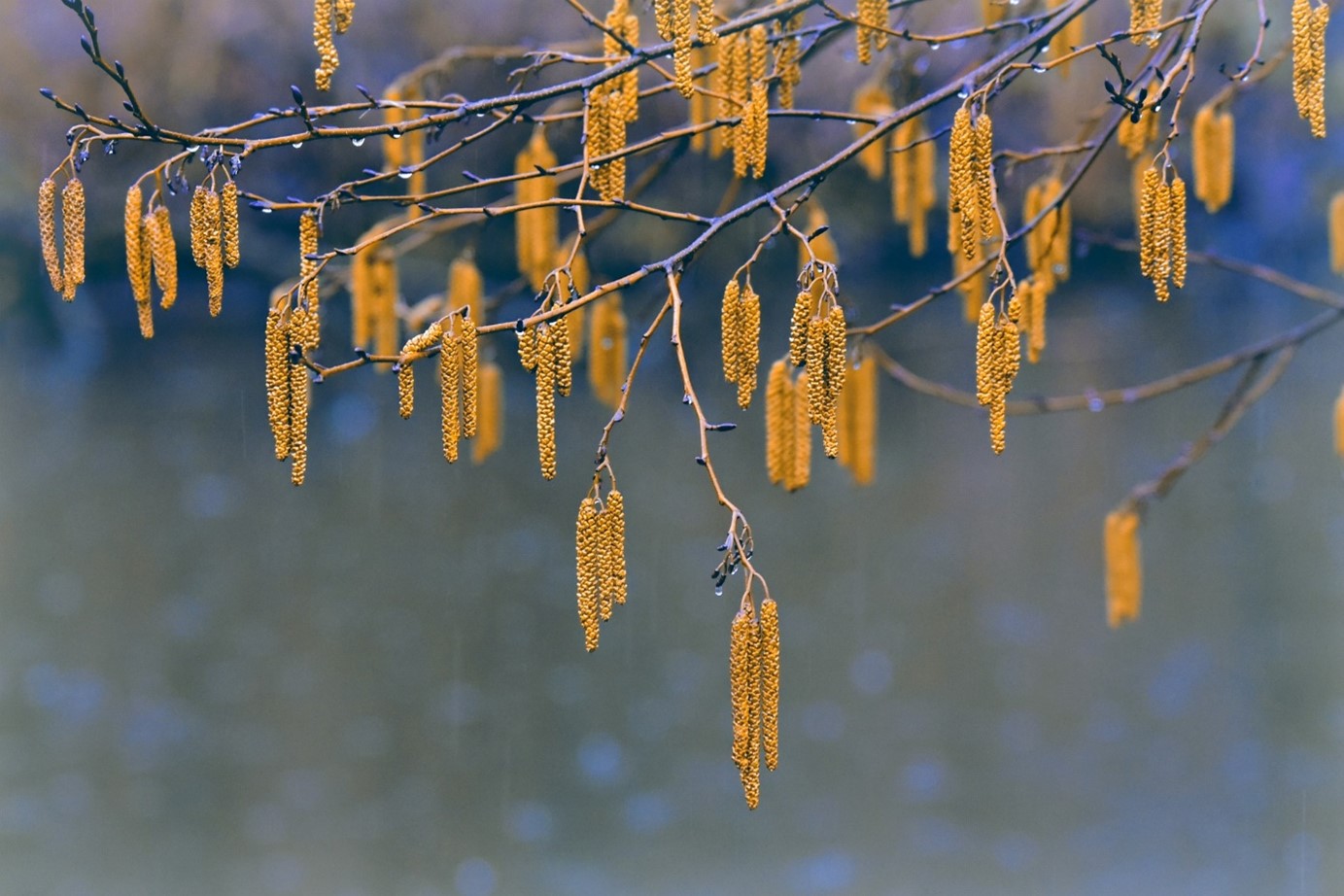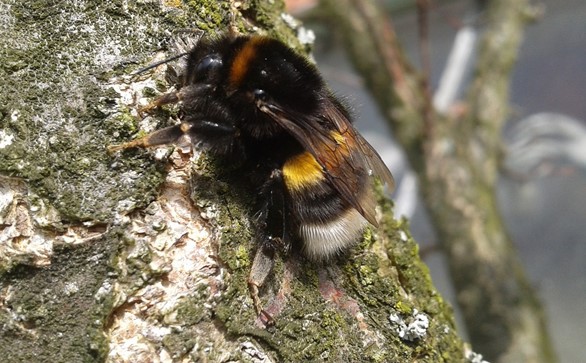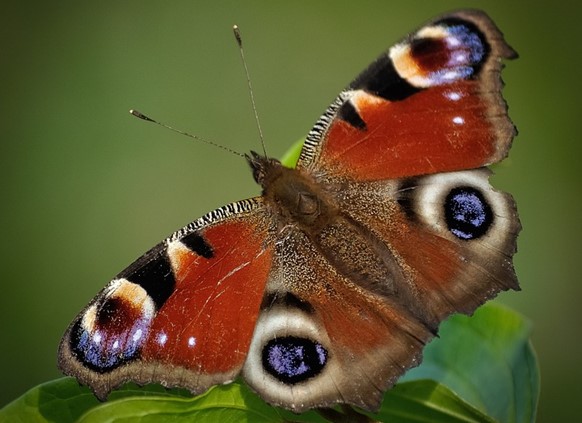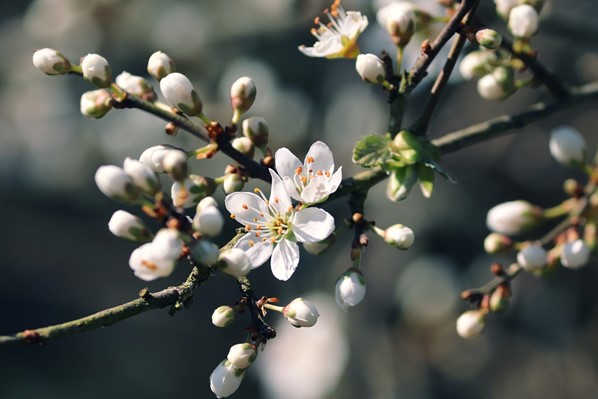Signs of Spring
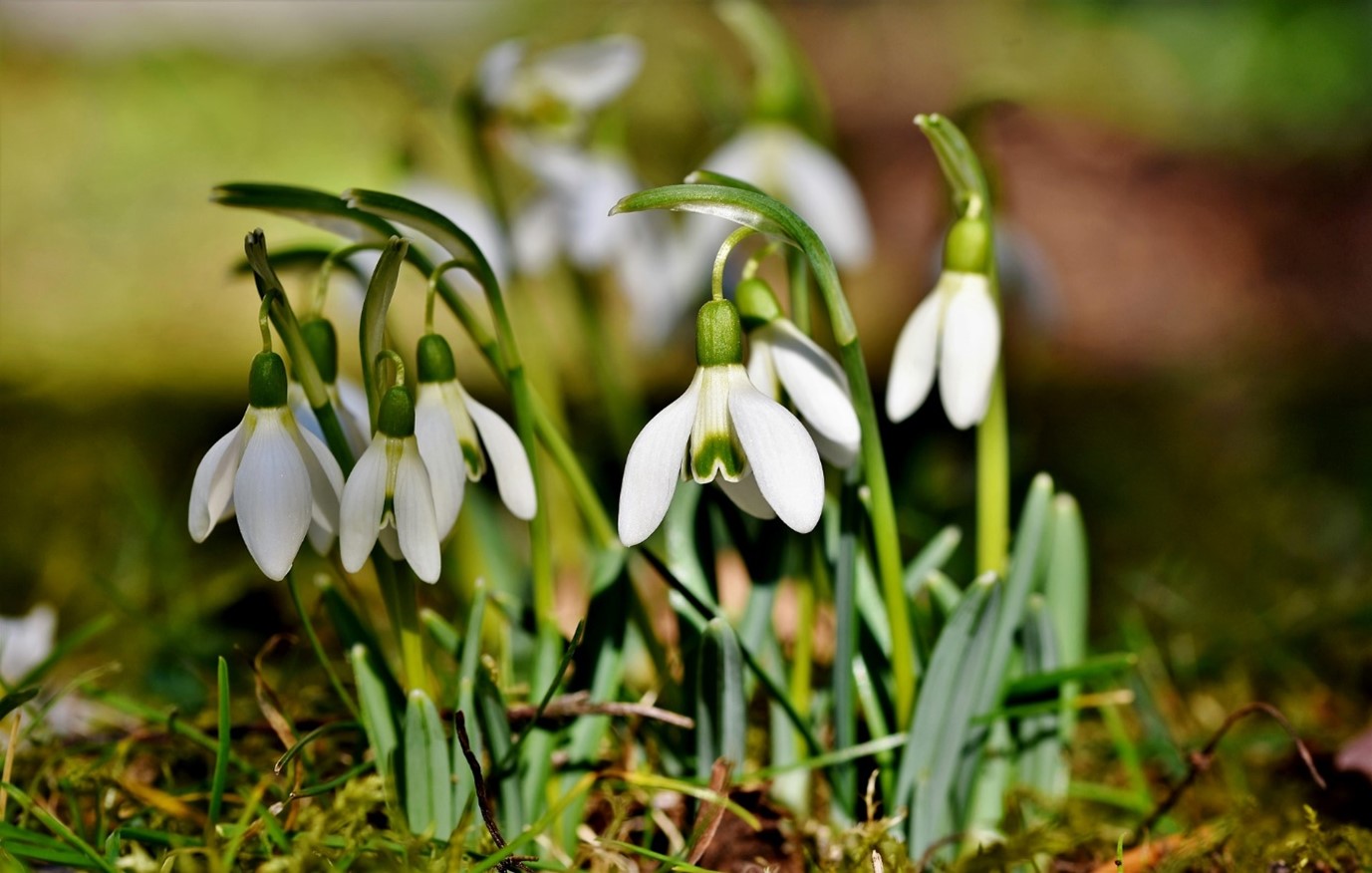
Spring is coming!
Lighter, brighter days
In February, day length increases by around two and a half minutes every day. By the middle of March it’s about 25 minutes a week.
Then there’s a significant change when the clocks go forward at the end of March and we can enjoy evening walks in the countryside or local green spaces, as well as early morning walks.
Bird song
Spring is the time our birds display their finest plumage and sing to attract a mate and to defend their territories.
The dawn chorus gradually gets louder and more beautiful every day, so do tune in!
To help you to identify songsters the Wildlife Trusts have a guide to some of the common birds that may be singing in and around your garden or local area.
Fresh buds and flowers on trees and in the hedgerows
The first buds of the year are already emerging. Look out for Horse Chestnut buds and new signs of life on other trees and bushes around your neighbourhood. Watch the changes as the days get lighter and warmer.
Try the Woodland Trust’s fun quiz to see if you can identify trees by their buds and bark.
Look out for catkins festooning your local hedgerows.
Spring flowers
Snowdrops are usually the first bulbs to emerge. You could test your knowledge of spring flowers with the Woodland Trust ‘s early spring flowers quiz Maybe also order a bunch of daffodils from a UK producer to bring springtime into your home.
Bumblebees
Seeing your first bumblebee of the year means spring is on its way! The Bumblebee Conservation Trust’s guide to bumblebees will help you to identify which of the UK’s 24 bumblebees you’ve seen.
Butterflies
Sunny spring days encourage peacock butterflies, with their stunning ‘eyes’, to emerge from sheds, holes in trees or other dark spaces to bask in the warmth. Also, watch out for brimstone butterflies similarly emerging from hibernation. Butterfly Conservation’s guide to garden butterflies will help you to identify these wonderful signs of spring.
Spring blossom
Seeing buds bursting into blossom is uplifting even on those days when spring sunshine is hiding behind clouds. Blackthorn is often the earliest blossom – transforming hedgerows with its bright white flowers.
Seen some blossom you don’t recognise? Try the Woodland Trust’s guide to spring blossom.
Find out more
The Natural History Museum also has a wonderful spring guide
If you’d like to discover more about what to look out for each month in your garden or local area, check: https://sussexwildlifetrust.org.uk/discover/around-sussex/what-to-look-out-for
Download: CPRE Sussex Signs of Spring


